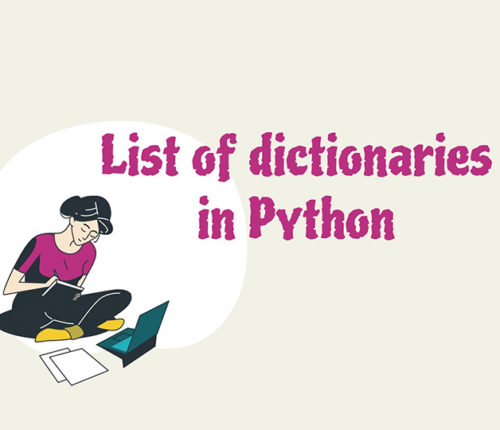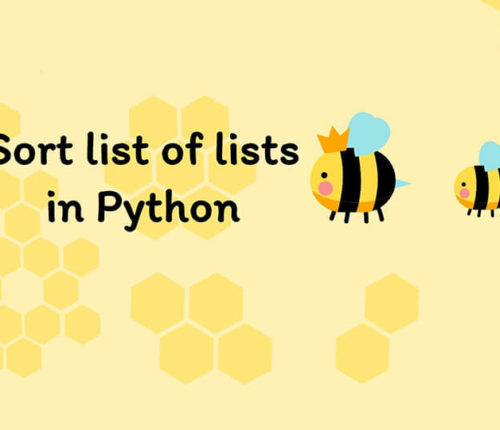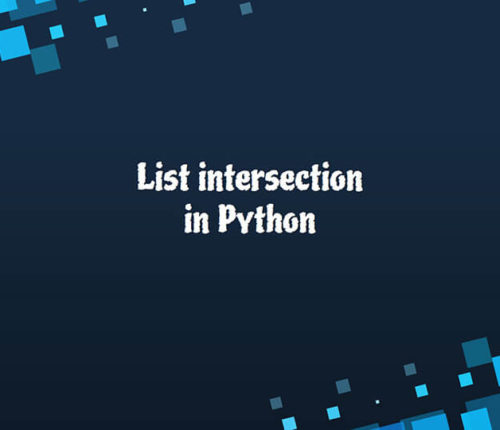Python List


 19 May
19 MayCompare List Elements with Each Other in Python
1. Introduction Comparing elements within a list is a fundamental task in Python programming. For example, with a list like [4, 7, 2, 9, 1], the goal is to systematically compare each element against every other element. This operation forms the basis of many complex algorithms, such as those used for sorting, searching, or identifying […]
 18 May
18 MayHow to Deep Copy a List in Python
In this post, we will see how to deep copy a list in Python. Python mainly supports two different ways to copy the contents of one variable to another. Both these methods namely shallow copy and deep copy are extensively used in Python depending on the programmer’s needs. This tutorial demonstrates how to deep copy […]
 18 May
18 MayConvert Generator to List in Python
1. Introduction to the Problem Statement In Python, generators are efficient for creating iterators, especially for large datasets, due to their low memory footprint. However, there are scenarios where we might need to convert a generator to a list, such as for random access or data manipulation that requires a list structure. This article explores […]
 03 May
03 MayCreate a List from 1 to 100 in Python
In this article, we will see how to create a list from 1 to 100 in Python. Ways to create a list from 1 to 100 in Python A list is an object that contains a sequence of elements in Python. We will discuss how to create a list from 1 to 100 in Python. […]
 07 January
07 JanuaryHow to compare lists in Python
In this post, we will see how to compare lists in Python. Python compare lists Lists in Python are mutable and can store a finite number of elements. We cannot determine whether a list is greater or less than any other list based on general criteria. So when we talk about comparing lists, we mean […]
 09 December
09 DecemberList of Dictionaries in Python
We use both lists and dictionaries in our python programs. Lists are used to store atomic objects while dictionaries store key-value pairs. In this article, we will discuss how we can create a list of dictionaries in python. We will also discuss ways to search records in a list of dictionaries and also to sort […]
 17 November
17 NovemberSort List of Lists in Python
Several times we use 2-D lists or lists of lists in our programs to represent a table or matrix. When these tables need to be sorted according to some value, we need to sort the entire list of lists. In this article, we will discuss different approaches to sort a list of lists in python. […]
 16 November
16 NovemberRemove nan From List In Python?
In python, nan is a special value used to represent missing values. In this article, we will discuss the properties of nan values. We will also look at different ways how we can remove nan values from list in python. What is nan in python? The nan values are special floating-point numbers defined in the […]
 11 November
11 NovemberList intersection in python
A list is one of Python’s fundamental in-built data types and clusters several items in a single variable. In this article, we will demonstrate the different ways available to retrieve the list intersection in Python. What is the list intersection in Python? The intersection of two lists returns the elements that are present in both […]



